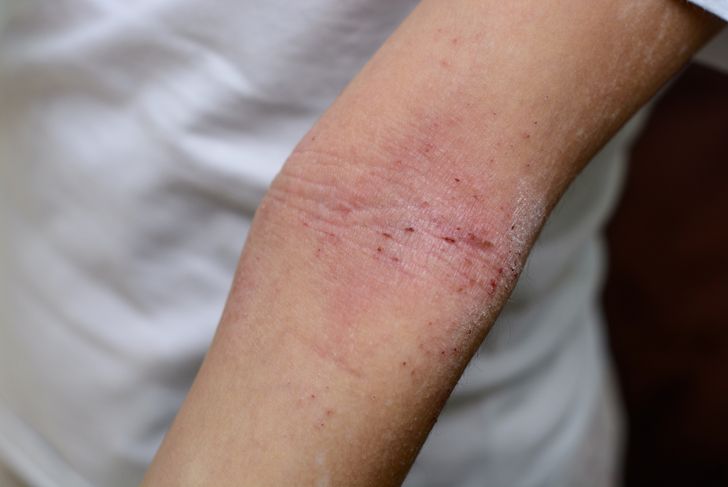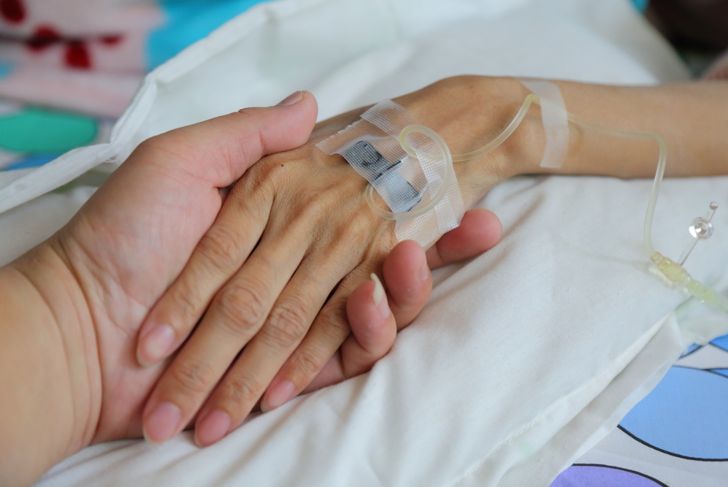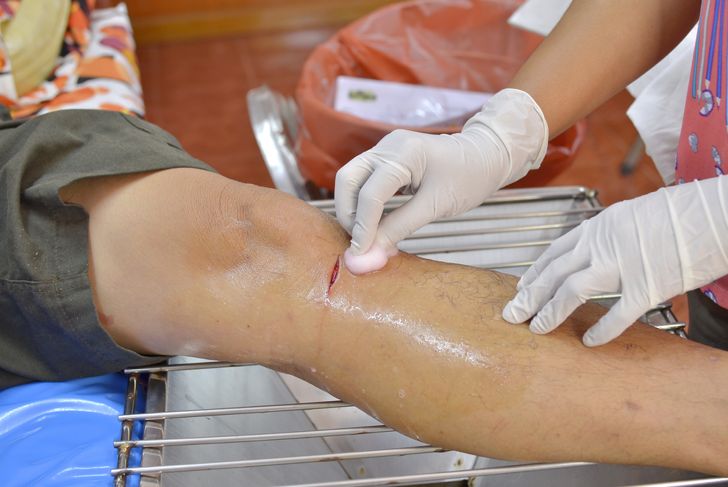Many of us have heard about this dreaded disease which often reminds us of zombies in horror movies. This indeed is a horrible disease which can claim the lives of those infected. If not immediately treated, death could occur in about 12 – 24 hours. This is a bacterial infection also called necrotizing fasciitis, and the infection starts just under the skin. From there, it could spread along the layers of the body’s tissues which includes muscles and fats. Target areas of this bacteria are the legs, arms, and the abdominal wall. Necrotizing fasciitis is caused by the infection of not just one but several bacteria. The phrase flesh-eating bacteria usually applies to infections caused by Streptococcus pyogenes, which is another type of bacterium.
So what is it?
Flesh-eating bacteria usually cause necrotizing fasciitis infections. We all have heard about this and have seen pictures that are stomach-churning. Indeed, it’s a horrible occurrence and if not immediately treated, could be fatal. Necrotizing fasciitis can spread quickly upon its entry into the body and can aggressively start its infectious effects where it can cause the death of the tissues at the infection site and the surrounding area.
What causes flesh-eating bacteria?
It’s rightly coined “flesh-eating” because the infection can produce toxins that can destroy tissues. Surprisingly, the bacteria causing the disease belongs to a cluster of bacteria which are responsible for skin infections and sore throats. Usually, you would only contract mild illnesses and some may not even manifest symptoms. It’s rare for this type of bacterium to cause severe illnesses like necrotizing fasciitis. Flesh-eating bacteria comes in other forms or a combination of such bacteria. These can include Clostridium, Staphylococcus aureus, Klebsiella, E. coli or even vibrio vulnificus.
The early symptoms to look out for
The symptoms that may indicate a flesh-eating bacteria infection are swelling and redness in the area that’s affected. Blisters around the same area can appear, followed by nausea, vomiting, fever, and other symptoms of flu. Perhaps the most observable characteristic of the infection is how fast the symptoms progress. All these can happen in 24 hours, starting with the bacteria entry into the body. The pain experienced is much more severe than the wound’s appearance. In many cases, to prevent the further spread of the disease, amputation may be necessary.
More advanced symptoms
In a couple of days, the advanced symptoms of the disease will manifest themselves. These can include swelling accompanied by purple rashes or large, colored marks which will eventually become blisters that contain dark and foul-smelling liquid. Finally, there’s the discoloration, flakiness, and peeling as gangrene or tissue death sets in. Aside from these physical symptoms related to the infected area, there could also be a severe drop in the blood pressure, toxic shock, then unconsciousness.
Who can contract flesh-eating bacteria?
Many people who have had the unfortunate experience of contacting the disease were in good health. However, the disease has an affinity for open wounds. People who’ve gotten recent wounds or recent viral infections which involve rash formations also have increased risks of infections. Of course, there is less risk for people who are in excellent condition rather than those who have chronic medical issues. Nobody is safe from flesh-eating bacteria infections, but healthy people who develop stronger immune systems are low-risked candidates. Hygiene will also play an important part in avoiding the disease. If you get an open wound, be sure to clean it immediately. It’s also noteworthy to know that this condition is not a highly-contagious disease. The infection can occur only when the bacteria enters the body through open wounds.
How fast do the bacteria spread?
Doctors often think that the disease can occur when the bacteria gain entry into the body through open wounds. Entry can even happen through insect bites. However, there have been instances where there was no open entry found. Doctors then deduced that the bacteria could also gain access to the body through the un-punctured skin. Upon entry, the bacteria start to become very busy. They move fast, and infections can spread an inch an hour and can eventually cause multi-organ failure, sepsis, and death too.
Diagnosing flesh-eating bacteria
Making a diagnosis of flesh-eating bacteria infections is crucial because of the very rapid progress of the disease. This, however, could not always happen because the earlier symptoms of the infection are akin to those of flu or some other skin infection. Symptoms are similar as well for those who have undergone post-surgery. Most accurate diagnoses of the disease are usually based upon advanced symptoms, like gas bubbles below the skin, and more. Tissue samples and fluids undergo laboratory analysis to pinpoint the specific bacteria that causes the infection. The treatment, though, can already start even before identifying the bacteria.
Treating and preventing flesh-eating bacteria
Applying antibiotics is the best treatment for flesh-eating bacteria and should start as early as possible. To prevent the infection from spreading further, surgery is a must to get rid of infected tissues and fluids. You may also take medications for the shock and other complications. Preventing infection is possible by just following these simple rules and common sense. For one, avoid swimming in public pools, open sources of water or soaking in bathtubs when you have open wounds. Use a dry bandage to keep your wounds covered until they have healed. Wash your hands regularly and give proper care to your injuries and wounds.
Is there a vaccine for this condition?
The answer is yes and no, because of the various strains of bacteria that cause the condition, no one vaccine can work against all the strains. Scientists are now at work on group-A strep vaccine, but there could be complications that these bacteria group might cause, in particular, rheumatic fever. However, if they are successful, this more comprehensive vaccine can help some people suffering from flesh-eating bacteria.
Can those who’ve gotten infected before get infected again?
Researchers are still working on this one; doctors need to find out if there are distinct strains that have a higher likelihood of causing flesh-eating bacteria. People who have had the disease can also be part of the studies to see if genetics has something to do with the disease’s occurrence. Many people have had sore throats. A minimal number have had the invasive disease. Can genetics play a part on people who get this invasive disease when they get exposed to the group-A strep? There is a need for further study.

 Home
Home Health
Health Diet & Nutrition
Diet & Nutrition Living Well
Living Well More
More




















